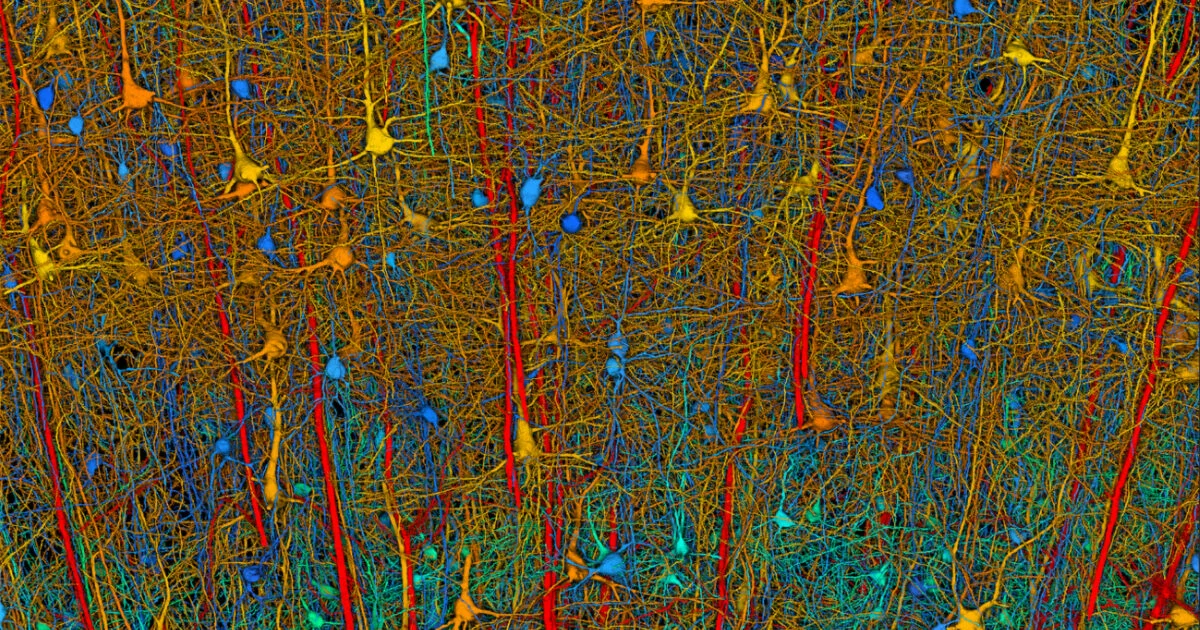In a bid to extend the operational life of the Voyager 1 and 2 spacecraft, engineers at NASA’s Voyager mission are developing a software patch. The patch is designed to ensure optimal performance of the thrusters on both interstellar probes, allowing them to stay in communication with Earth for an additional five years.
Launched in 1977, the Voyager spacecraft have far exceeded their expected lifespan. However, their longevity has also presented new challenges that were not anticipated. Specifically, the hydrazine-fueled thrusters, which are used to keep the Voyagers accurately pointed towards Earth, have started showing signs of aging.
Despite having enough propellant to last until 2037 due to conservation efforts by Mission Control at the Jet Propulsion Laboratory (JPL), the thrusters are in need of cleaning. Over the years, each thruster firing has left behind residue in the system, gradually accumulating. If the buildup becomes too significant, it could lead to fuel line blockages, rendering the spacecraft inoperable.
To tackle this issue, NASA engineers are working on a software patch that will adjust the firing frequency of the thrusters. The goal is to reduce the frequency of firing while lengthening the duration, effectively maintaining the desired spacecraft attitude. Additionally, the patch will allow the probes to drift further off course before triggering emergency mode. This strategic adjustment may result in some data loss but will ultimately yield more data over time.
The software update will also address a glitch that caused Voyager 1’s Attitude Articulation and Control System (AACS) to misdirect commands in 2022. However, implementing the patch is not without risk. The Voyager spacecraft are outdated and currently navigating through a hostile environment. Moreover, the significant distance between Earth and the probes means that it would take a minimum of 36 hours for Mission Control to notice any issues with the software upload. Consequently, the first transmission will be sent to Voyager 2 before attempting the same with Voyager 1.
The hope is that these upgrades will extend the thrusters’ service life by at least five years. However, considering that the spacecraft’s nuclear batteries are only projected to last another two years, this buffer allows for a significant margin of error.
“This far into the mission, the engineering team is being faced with a lot of challenges for which we just don’t have a playbook,” said Linda Spilker, project scientist for the mission at JPL. “But they continue to come up with creative solutions.”
The Voyager mission has been a monumental achievement for NASA, providing valuable data about our solar system and beyond. By implementing this software patch, NASA aims to further the legacy of these iconic spacecraft and continue expanding our understanding of the universe.
Note:
- Source: Coherent Market Insights, Public sources, Desk research
- We have leveraged AI tools to mine information and compile it




